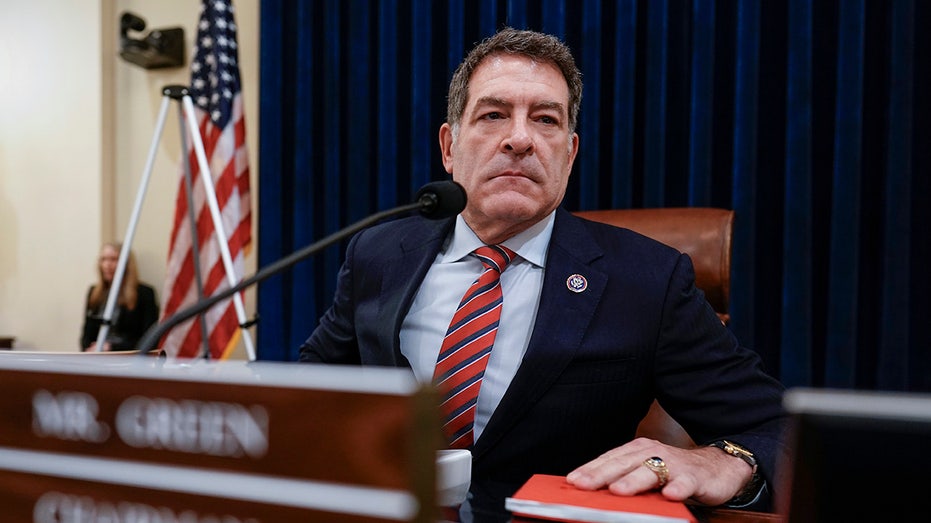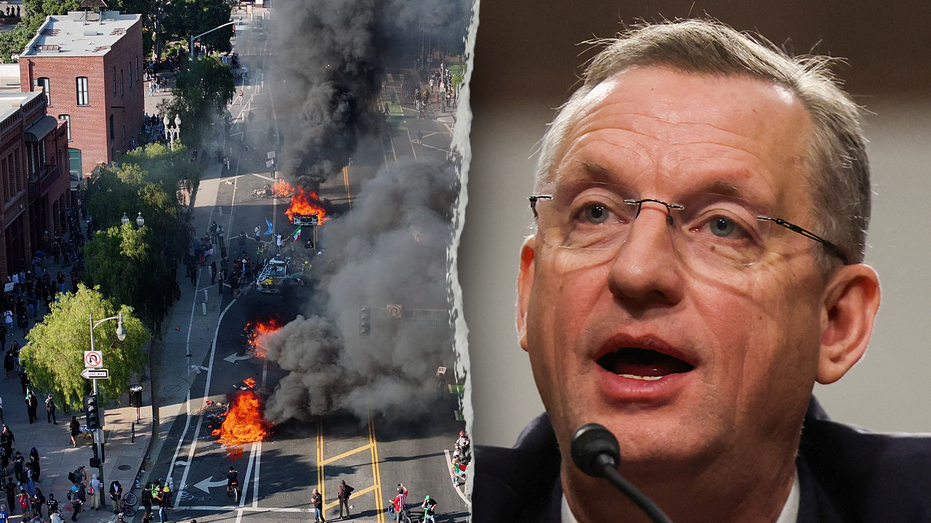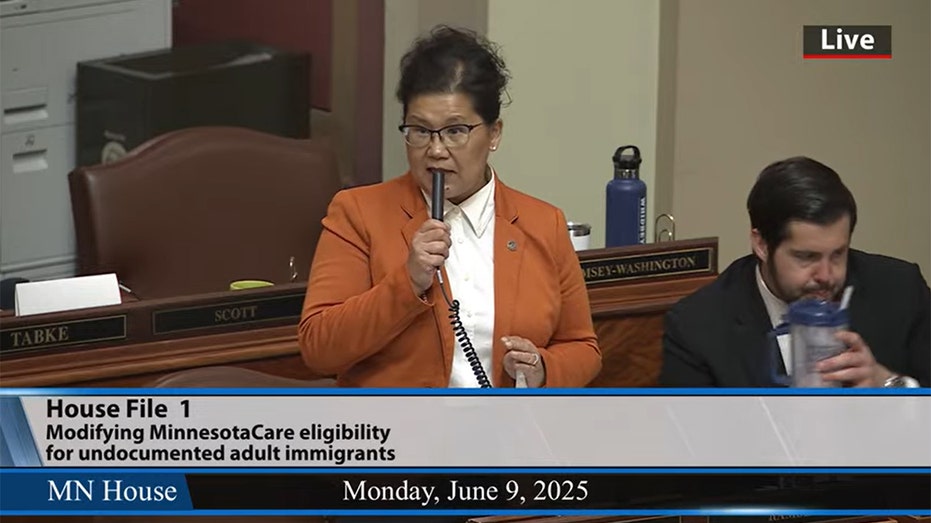NATO Defense Ministers Face Challenges in Bridging Divides Over Defense Budget Commitments
NATO defense ministers agree in principle to boost military spending to 5% of GDP, but divisions remain over timeline and categories ahead of June summit.

At the latest NATO defense ministers' meeting in Brussels, held on Thursday, leaders from across the alliance grappled with the challenge of agreeing to a substantial boost in military spending, aiming for an unprecedented 5 percent of GDP. While there was general agreement on the need for increased investment to address growing security threats, spirited debate broke out regarding both the schedule for ramping up budgets and the precise categorization of qualifying expenditures—a debate that some officials say risks overshadowing the unity NATO seeks to project ahead of its much-anticipated summit in The Hague later this month.
NATO Secretary General Mark Rutte emerged from the talks expressing optimism but acknowledged that negotiations remain complex. He described "broad support" for an overall spending rise, pointing to a proposed compromise that would require members to allocate 3.5 percent of GDP to core military spending, and a further 1.5 percent for broader security needs—notably infrastructure—by 2032. “Total confidence that we will get there,” Rutte asserted, setting ambitious expectations for the alliance's leadership as June 24 approaches.
The urgency behind these discussions has been heightened by mounting pressure from Washington, which originally suggested the 5 percent target last year. U.S. Defense Secretary Pete Hegseth reminded the group that “to be an alliance, you got to be more than flags... you need to be, keep combat-ready capabilities,” sending a clear message that American patience may be waning. He emphasized the necessity for all allies to meet higher readiness standards, a thinly veiled reference to persistent U.S. concerns about burden-sharing within NATO. Despite his acknowledgment of dissent among some nations, Hegseth remained confident: “We will get them there.”
Fault lines were especially apparent over the proposed 2032 deadline. Eastern European countries, including Lithuania and Estonia, lobbied aggressively for a faster trajectory, with Lithuanian Defense Minister Dovile Sakaliene calling 2032 “definitely too late” and urging implementation by 2030. Estonia’s defense chief, Hanno Pevkur, announced his country’s intention to reach the 5 percent benchmark by next year, rallying others to do the same. However, larger Western European economies such as Spain, Germany, and Belgium voiced reservations about both the timeline and the sheer scale of the investment, citing fiscal constraints and industrial limitations. The United Kingdom and Italy, meanwhile, favor a slower approach, targeting the 3.5 percent threshold by 2035 instead.
As it stands, 23 of NATO’s 32 members are projected to achieve the long-standing goal of dedicating at least 2 percent of GDP to defense by the end of summer—a milestone that Spain and Italy expect to reach by year’s end, while Canada has pledged to comply by 2027. This leaves several countries with steep climbs ahead if the new targets are to be met, further complicating consensus-building efforts.
Despite financial strains, the defense ministers passed updated capability targets, identifying essential military capacities needed to fulfill NATO’s operational commitments. These priorities span air and missile defense, long-range strike potential, robust logistics chains, and large-scale land maneuver forces—capabilities seen as crucial amid growing geopolitical instability. Germany, for instance, announced an ambitious plan to expand its armed forces with an additional 60,000 active-duty soldiers. Defense Minister Boris Pistorius underlined Germany’s willingness to “shoulder a significant part” of NATO’s military build-up but conceded that recruitment and retention remain persistent hurdles as troop numbers have declined and the force ages.
Financial realities continue to cast a shadow over the proceedings. The Netherlands estimates it will require an extra 16 to 19 billion euros annually to fulfill the new commitments—a daunting figure that underscores the challenge for smaller and mid-sized economies. Belgium’s government, too, has warned that bolstering defense may mean scaling back social programs or facing future tax hikes. Budget Minister Vincent Van Peteghem cautioned that every euro of deficit could ultimately translate into higher taxes or cuts to the country’s cherished welfare state, crystallizing the difficult trade-offs facing European leaders.
With the NATO summit just weeks away, the pressure is mounting for member states to find common ground on funding and timelines. How these differences are resolved in the coming days will not only determine the alliance’s future military posture but also its continued cohesion in an increasingly volatile global environment.




